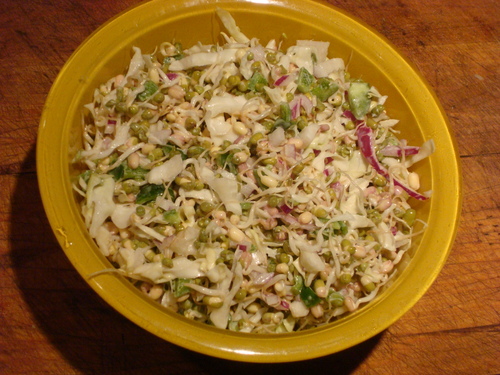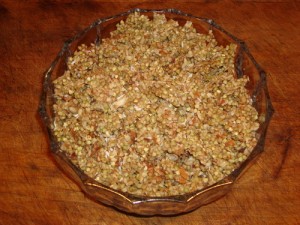 When fall turns to winter, we all start looking for our sugar fixes. We seem to have a physiologic insistence for heavier, denser food, specifically in the form of carbohydrates. For Craig and I, that urge hit on December 1st. For the most part, we eat the Paleolithic diet, which consists of raw foods, cooked vegetables and grilled meat. I occasionally eat quinoa but generally no grains, starches, dairy or refined sugars. The benefit of this kind of diet is my lymphoma stays in remission. I also have no ups and downs in terms of weight gain or energy level, and have zero food cravings. Reason enough to keep me on the straight and narrow, and feel good about it.
When fall turns to winter, we all start looking for our sugar fixes. We seem to have a physiologic insistence for heavier, denser food, specifically in the form of carbohydrates. For Craig and I, that urge hit on December 1st. For the most part, we eat the Paleolithic diet, which consists of raw foods, cooked vegetables and grilled meat. I occasionally eat quinoa but generally no grains, starches, dairy or refined sugars. The benefit of this kind of diet is my lymphoma stays in remission. I also have no ups and downs in terms of weight gain or energy level, and have zero food cravings. Reason enough to keep me on the straight and narrow, and feel good about it.
Craig has adapted well to this way of eating although he seems to have more carbohydrate requirements than I do. He occasionally eats some flat breads and rice, but it is fairly minimal. But when I saw him return from a food-shopping trip with packaged pancake mix, I knew it was time to build more carbohydrates into our winter diet. Lately, I also noticed myself prowling the kitchen on the hunt for a snack at night. My usual snack of celery and peanut butter wasn’t cutting it.
Although there are fantastic raw food desserts recipes to choose from for a high protein/low glycemic sugar fix, I tend to make raw sprouted granola as my snack of choice because it has just the right heft and crunch factor for my tastes. After pouring myself a heap of granola into a bowl, I add coconut or almond milk and call it good. Craig, well, he might not be as easily satisfied with raw sprouted granola as I am. I can hear him now crying out in his best grumpy old man imitation, “Where’s my pie?”
Why bother with soaking and sprouting grains? Because when grain is soaked in water, it ferments which helps to pre-digest it. And when the grain is sprouted, its nutrient (Vit B, C and protein) content is increased, and its enzymes are intact.
Raw Sprouted Granola
2 cups sprouted buckwheat (soak buckwheat overnight, drain and let sit in a colander until a sprout forms to the length of the grain.
1 cup almonds (soak overnight) chop into chunks
1 cup sunflower seeds (soak overnight) chop into chunks
8 – 10 dates (soaked and pureed)
½ cup coconut flakes (optional)
1/3 cup coconut oil
¼ cup maple syrup (optional)
1 tsp cinnamon
½ tsp salt
Optional: You can add walnut, cashews, and pumpkin seeds.
Mix all the ingredients together. Dehydrate at 105 degrees until crunchy (12hrs). Add dried apricot or other dried fruits if you wish. Store in a glass Mason jar.
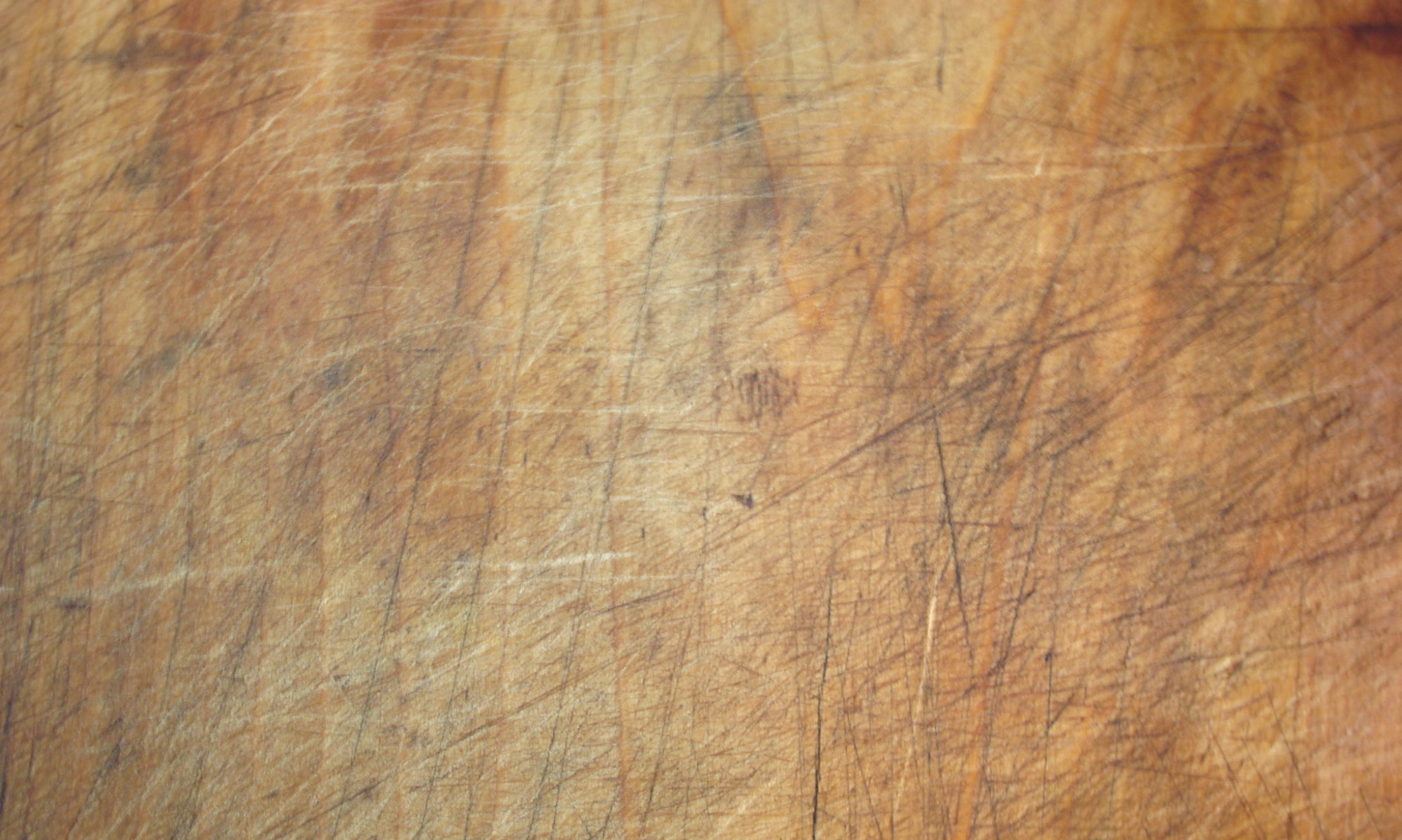
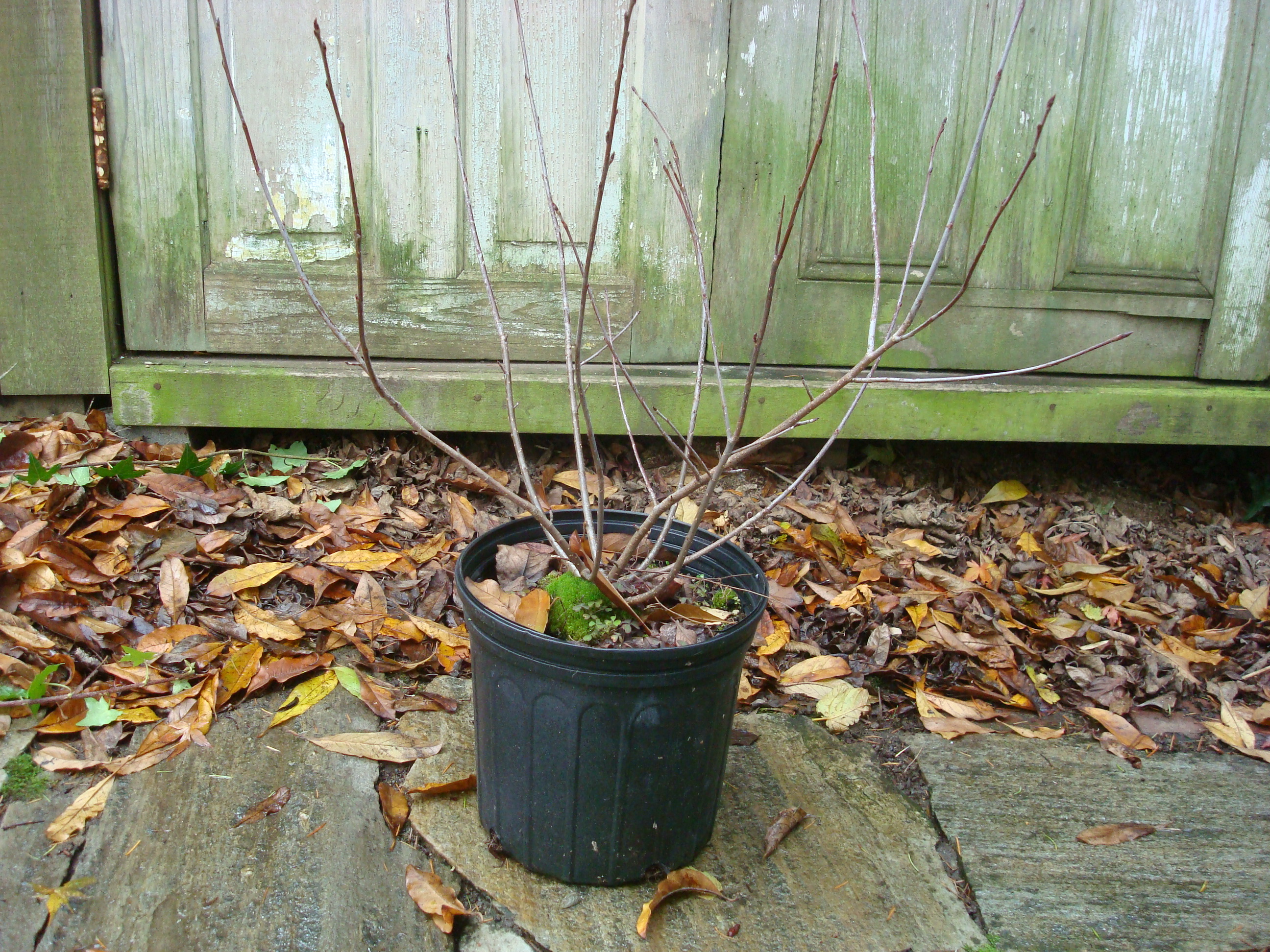
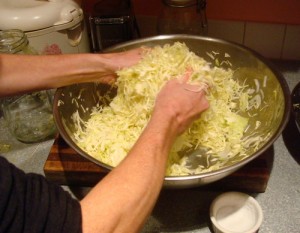 I always have containers of bubbling fermenting vegetables around so I can get my live food hit all year. In my kitchen, you’ll see glass jars of cabbage, turnips and tomatoes, crocks of cucumbers and chickpea miso, and plastic buckets with rice sake, all breaking down into highly digestible delectables. Fermentation not only is an excellent way to preserve vegetables, it also increases nutritional content, removes toxins and generates enzymes in the process. Eating fermented food introduces lactobacillus bacteria (probiotics) into your digestive system. When it comes to health and strong immunity, lactobacillus bacteria is your best friend-the one who will watch your gut.
I always have containers of bubbling fermenting vegetables around so I can get my live food hit all year. In my kitchen, you’ll see glass jars of cabbage, turnips and tomatoes, crocks of cucumbers and chickpea miso, and plastic buckets with rice sake, all breaking down into highly digestible delectables. Fermentation not only is an excellent way to preserve vegetables, it also increases nutritional content, removes toxins and generates enzymes in the process. Eating fermented food introduces lactobacillus bacteria (probiotics) into your digestive system. When it comes to health and strong immunity, lactobacillus bacteria is your best friend-the one who will watch your gut.